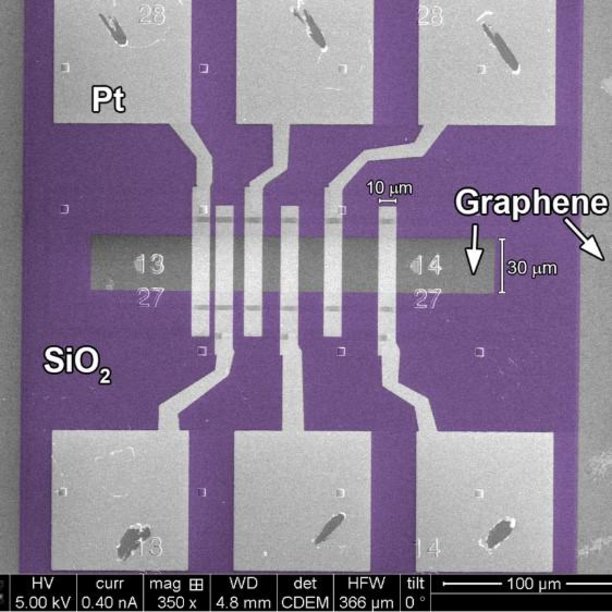Synthesis and integration of 2-D nanomaterials
In our group we pioneer atomic layer deposition (ALD) for 2D nanomaterials synthesis. ALD is a scalable, low temperature preparation method for thin films which offers precise thickness control down to the sub-monolayer and can therefore be instrumental for the large area synthesis of 2D materials. The current focus of the group is on ALD of 2D transition metal dichalcogenides (2D-TMDs) for (opto)electronics and catalysis. We use plasma chemistry (plasma-enhanced ALD, PEALD) to control functionalities of the 2D-TMDs, such as morphology, materials phase and stoichiometry. Furthermore, by doping, alloying and by the formation of heterostructures we tune the electrical properties of the 2D TMDs, such as the charge carrier concentration and band gap.
Read moreContact
Meet some of our Researchers
Recent Publications
Our most recent peer reviewed publications
-
Willem-Jan H. Berghuis,Marvin A.J. van Tilburg,W.H.J. Peeters,V.T. van Lange,Riccardo Farina,Elham Fadaly,R.J. Theeuwes,Marcel A. Verheijen,Bart Macco,Erik P.A.M. Bakkers
Low Surface Recombination in Hexagonal SiGe Alloy Nanowires
ACS Applied Nano Materials (2024) -
Emanuele Bochicchio,Ksenia Korzun,Bas T. van Gorkom,Roel J. Theeuwes,Wilhelmus M.M. Erwin Kessels,Jaime Gómez Rivas,Jos E.M. Haverkort
Optimization of the efficiency of a nanowire solar cell by nanowire tapering
Journal of Applied Physics (2023) -
Mike van de Poll,Hardik Jain,James N. Hilfiker,Mikko Utriainen,Paul W.G. Poodt,W.M.M. Kessels,Bart Macco
Excellent conformality of atmospheric-pressure plasma-enhanced spatial atomic layer deposition with subsecond plasma exposure times
Applied Physics Letters (2023) -
Nga Phung,Dong Zhang,Cristian A.A. van Helvoirt,Michael Verhage,Marcel A. Verheijen,V. Zardetto,Frennie Bens,Christ H.L. Weijtens,Bart L.J. Geerligs,W.M.M. Kessels
Atomic layer deposition of NiO applied in a monolithic perovskite/PERC tandem cell
Solar Energy Materials and Solar Cells (2023) -
Silke A. Peeters,Ciaran T. Lennon,Marc J.M. Merkx,Robert H. Hadfield,W.M.M. Kessels,Marcel A. Verheijen,Harm C.M. Knoops
Ultrathin superconducting TaCxN1-x films prepared by plasma-enhanced atomic layer deposition with ion-energy control
Applied Physics Letters (2023)

